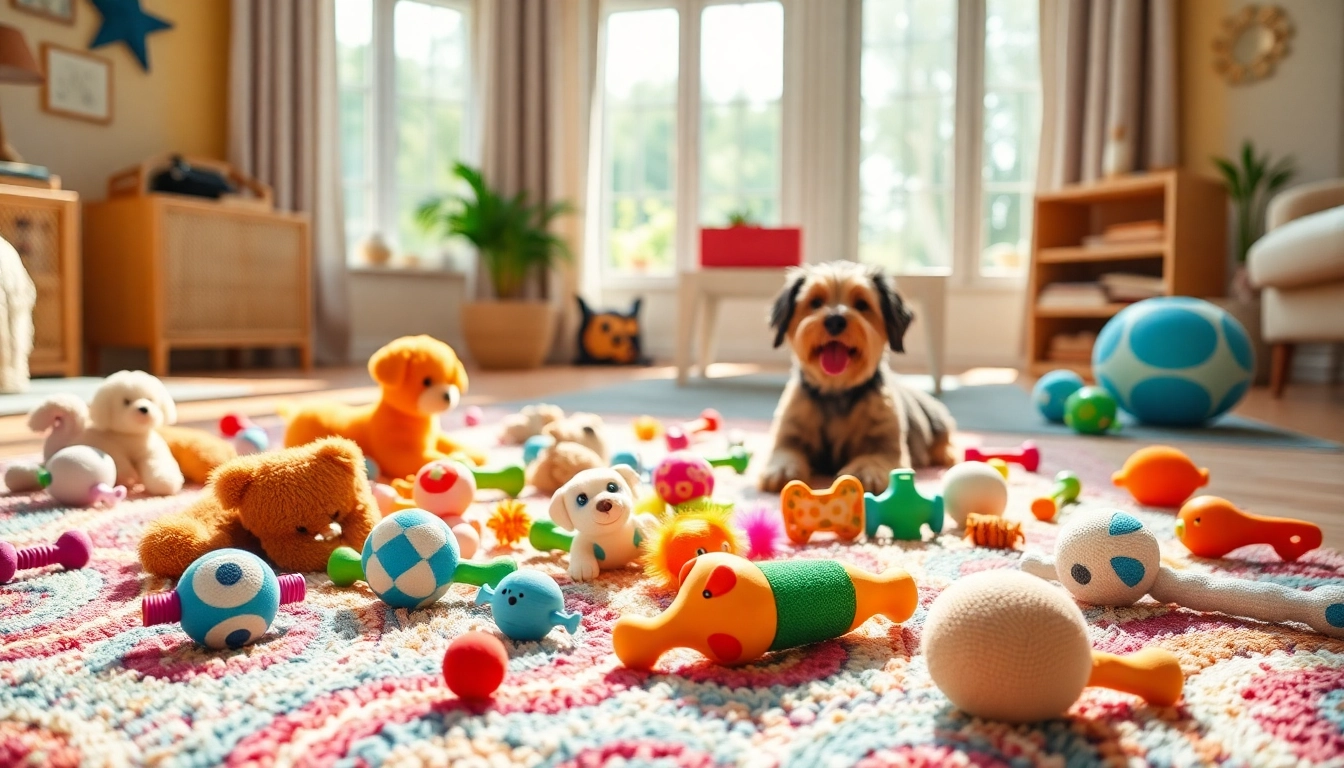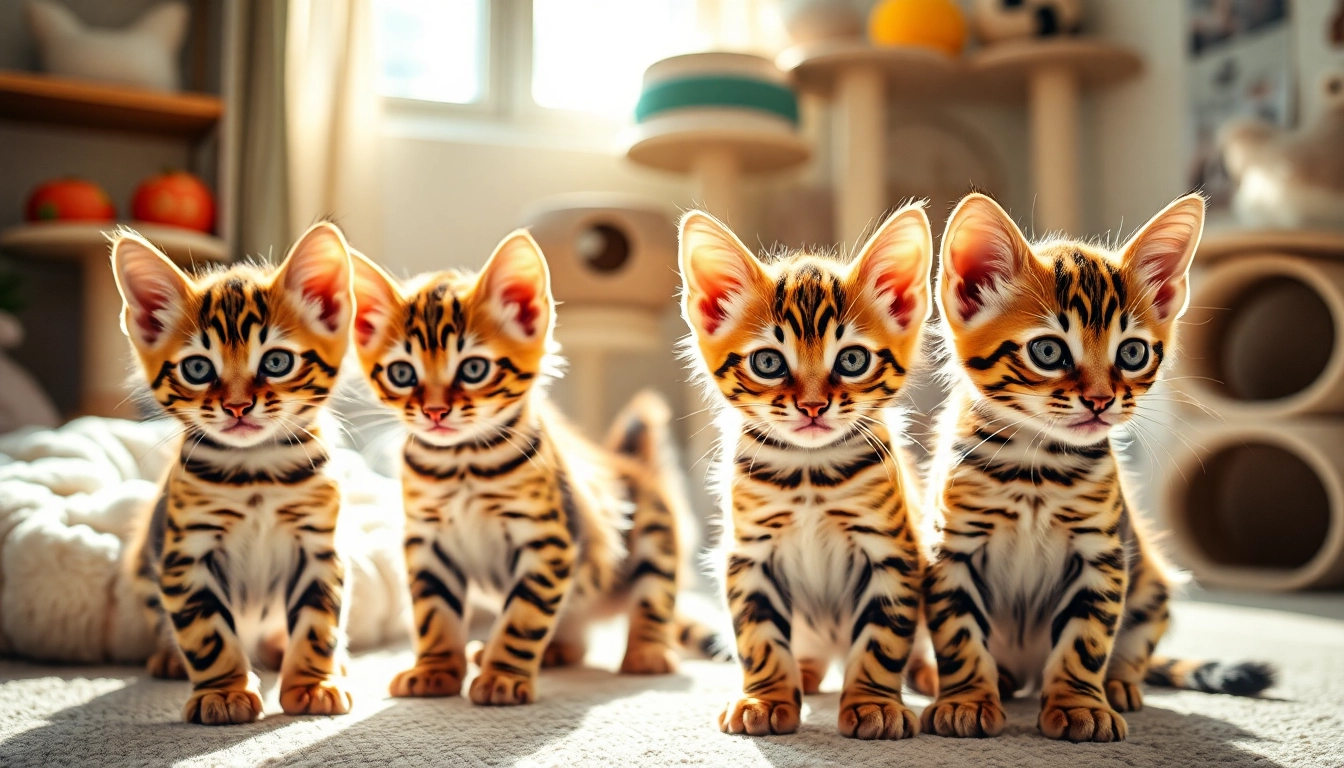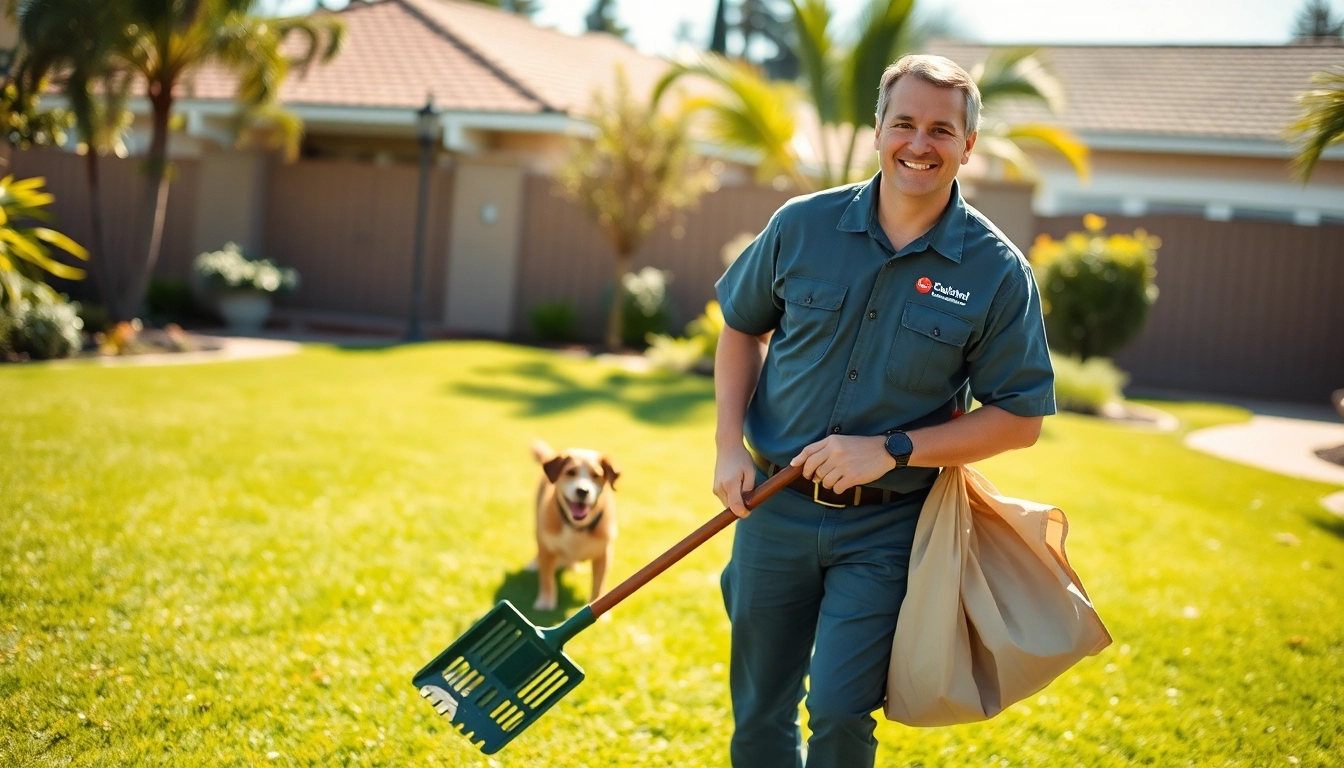Understanding Pet Toys for Your Companion
Pets are not just animals; they’re beloved companions that enrich our lives in countless ways. One of the most delightful aspects of pet ownership is playtime, which can be enhanced with a variety of pet toys. Understanding the types, benefits, and selection criteria of pet toys is essential for optimizing both your pet’s enjoyment and overall health.
Types of Pet Toys
Pet toys can be broadly categorized based on their design and purpose. Each type offers unique benefits that cater to a pet’s instincts and energy levels.
- Chew Toys: Chew toys are especially important for dogs, particularly teething puppies. They help promote dental health and keep pets occupied.
- Interactive Toys: These toys engage pets in play that challenges their intelligence and dexterity, such as puzzle feeders that dispense treats when solved.
- Fetch Toys: Balls, flies, and frisbees fall into this category. They’re perfect for stimulating your pet’s instinct to chase.
- Plush Toys: Soft and cuddly, plush toys are ideal for dogs that enjoy snuggling and carrying toys around.
- Tug Toys: These are typically ropes or rubber toys that facilitate an engaging game of tug-of-war with your pet.
- Cat Toys: From feather wands to laser pointers, cat toys cater to felines’ hunting instincts and help them burn off excess energy.
Benefits of Playtime for Pets
Before diving into the specifics of choosing toys, let’s examine why playtime is critical for your pets:
- Physical Exercise: Just like humans, pets require regular exercise to maintain a healthy weight and reduce the risk of various health issues.
- Mental Stimulation: Toys can challenge your pet mentally, reducing boredom and preventing destructive behaviors.
- Social Interaction: Playtime fosters bonding between pets and their owners, enhancing social skills and emotional communication.
- Stress Relief: Engaging in play can help mitigate anxiety and stress levels in pets.
How to Choose the Right Pet Toys
Selecting the right toys for your pet necessitates consideration of several factors:
- Pet’s Age: Puppies and kittens require different toys compared to adult dogs and cats, particularly in terms of size and texture.
- Pet’s Size: Ensure that the toy is appropriately sized to prevent choking or other hazards.
- Durability: Some pets can destroy toys quickly—especially aggressive chewers. Opt for stronger, more durable options if necessary.
- Material Safety: Avoid toys made from harmful chemicals. Look for non-toxic materials that are safe for pets.
- Play Style: Understanding whether your pet is a chewer, fetcher, or cuddler will guide your buying decisions.
Interactive Pet Toys: More Than Just Fun
Interactive pet toys serve an essential role in a pet’s development and happiness, acting as a bridge between play and enrichment.
What Are Interactive Pet Toys?
Interactive toys are designed to stimulate your pet’s mind and engage them physically. They often require effort for your pet to obtain a reward, such as treats. Examples include puzzle boxes, treat-dispensing balls, and automated toys that encourage chasing and movement.
Benefits of Mental Stimulation
Providing mental stimulation can elevate your pet’s quality of life in several ways:
- Promotes problem-solving skills.
- Encourages independent play.
- Reduces chances of behavioral issues associated with boredom, such as chewing and digging.
Recommendations for Interactive Pet Toys
When searching for effective interactive toys, look for options that align with your pet’s capabilities and preferences. Popular choices include:
- KONG Classic: Known for its durability, the KONG can be filled with treats to keep dogs occupied.
- ZippyPaws Burrow Toys: These plush toys create a hide-and-seek activity that cats and small dogs enjoy.
- PetSafe Busy Buddy: These toys come in various designs, all focusing on mental and physical stimulation while enhancing treat-seeking behaviors.
Safety Tips for Pet Toys
While toys can be beneficial, they can also pose risks if not chosen wisely. Following safety practices helps ensure your pet remains safe during playtime.
Identifying Safe Materials
Most toys come with labels that indicate the materials used in their manufacturing. Look for:
- Natural rubber or cotton for durable toys.
- Non-toxic dyes for color and appearance.
- Avoidance of toxic chemicals like BPA and phthalates.
Avoiding Choking Hazards
Consider the size of the toy in relation to your pet. Toys should not be small enough for your pet to swallow. As a rule of thumb:
- For larger dogs, larger-sized toys are ideal.
- For puppies and small dog breeds, soft plush toys should not have small parts that can be chewed off.
Regular Inspection of Toys
Inspect toys regularly for signs of wear and tear, and discard any that are damaged. Features to watch for include:
- Fraying material that could be ingested.
- Loose parts that can become choking hazards.
- Rips or tears that may expose harmful stuffing or small pieces.
Eco-Friendly Pet Toys: A Sustainable Choice
With increasing awareness about environmental challenges, eco-friendly pet toys are gaining traction among conscientious pet owners. These toys allow you to indulge your pet’s playtime without harming the planet.
Environmental Impact of Pet Toys
Most traditional pet toys are made of plastic and synthetic materials, which can take centuries to decompose. By choosing Eco-friendly toys, you help reduce waste, conserve resources, and promote sustainability.
Popular Eco-Friendly Brands
Several brands have emerged that prioritize sustainability in their product offerings, such as:
- P.L.A.Y. (Pet Lifestyle And You): Offers a range of toys made from recycled materials and eco-friendly processes.
- West Paw: Known for its durable Zogoflex toys that are both recyclable and dishwasher safe.
- Petphabet: Focuses on ensuring their toys are made from natural, sustainable materials.
How to Make Your Own Pet Toys
DIY pet toys provide an economical and creative way to engage your pet. Here are some ideas for homemade toys:
- Fleece Tug Toy: Braid strips of fleece together to create a tug toy. Ensure the knots are durable.
- Sock Balls: Stuff an old sock with rags or plastic bottles for noise-making toys that are easy to throw.
- Toilet Paper Roll Puzzle: Use cardboard rolls to hide treats inside for your pet to find, engaging their problem-solving skills.
Where to Buy Quality Pet Toys
When selecting toys for your pet, purchasing from reputable sources is crucial to ensure quality and safety. Below are considerations for both online and in-store shopping.
Online vs. In-Store Shopping
Both shopping methods offer unique benefits:
- Online Shopping: Allows for a broader range of options and the ability to read reviews to gauge product effectiveness. Popular options include Chewy, Amazon, and specialty pet supply stores.
- In-Store Shopping: Offers the advantage of multi-sensory shopping, wherein you can touch, see, and sometimes even get to know how your pet interacts with the toys.
Choosing Reputable Brands
Research brands before purchasing. Look for:
- Established companies with positive customer feedback.
- Brands that specify safe materials and proper manufacturing processes.
- Certifications from certifications like the American Pet Products Association (APPA).
Current Trends in Pet Toys
Staying up-to-date with the latest innovations in pet toys can enhance playtime for your companion. Some notable trends include:
- Tech Integrated Toys: Gadgets that track playtime and enable interaction through apps are becoming more popular.
- Natural Material Toys: Eco-friendly options are now being produced using materials like jute, organic cotton, and recycled plastics.
- Customizable Toys: Brands are offering toys that pet owners can personalize based on their pet’s play style and preferences.



